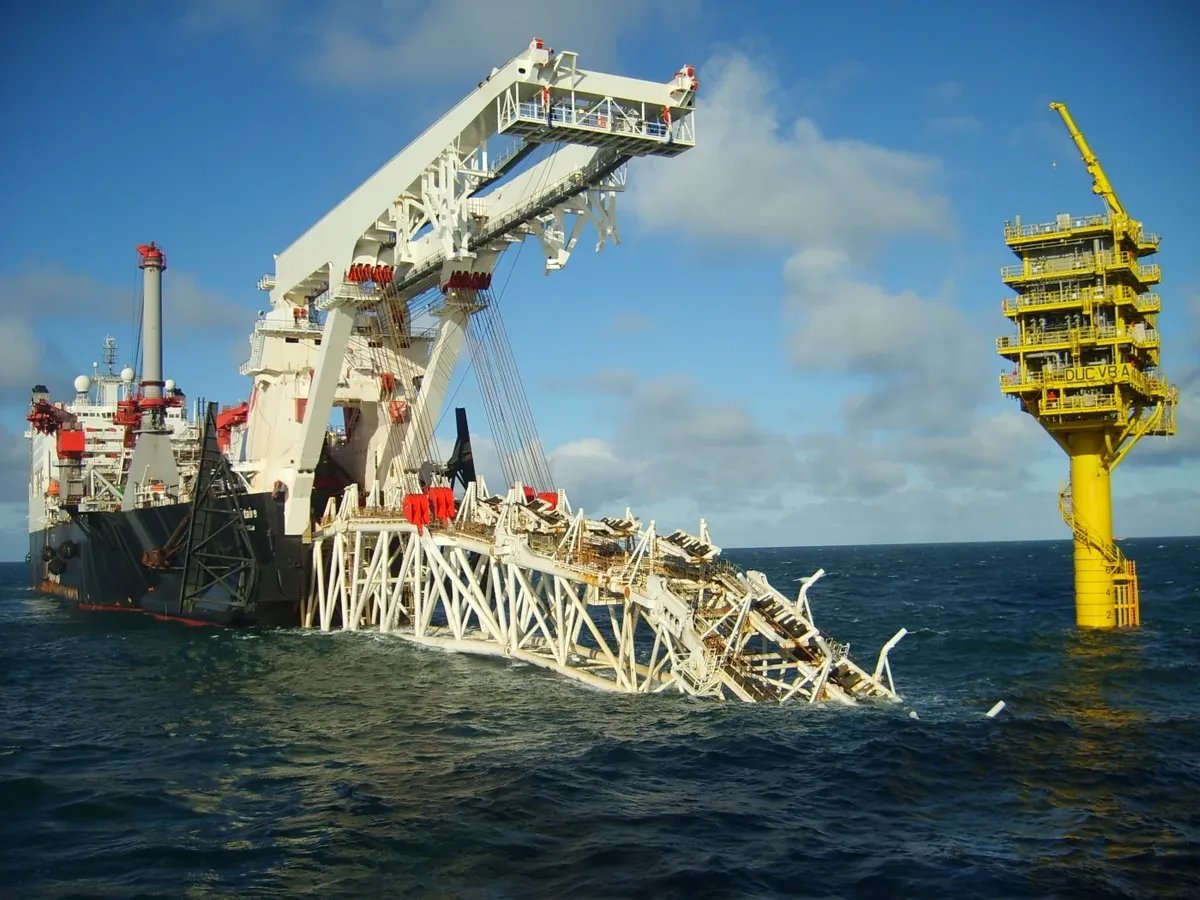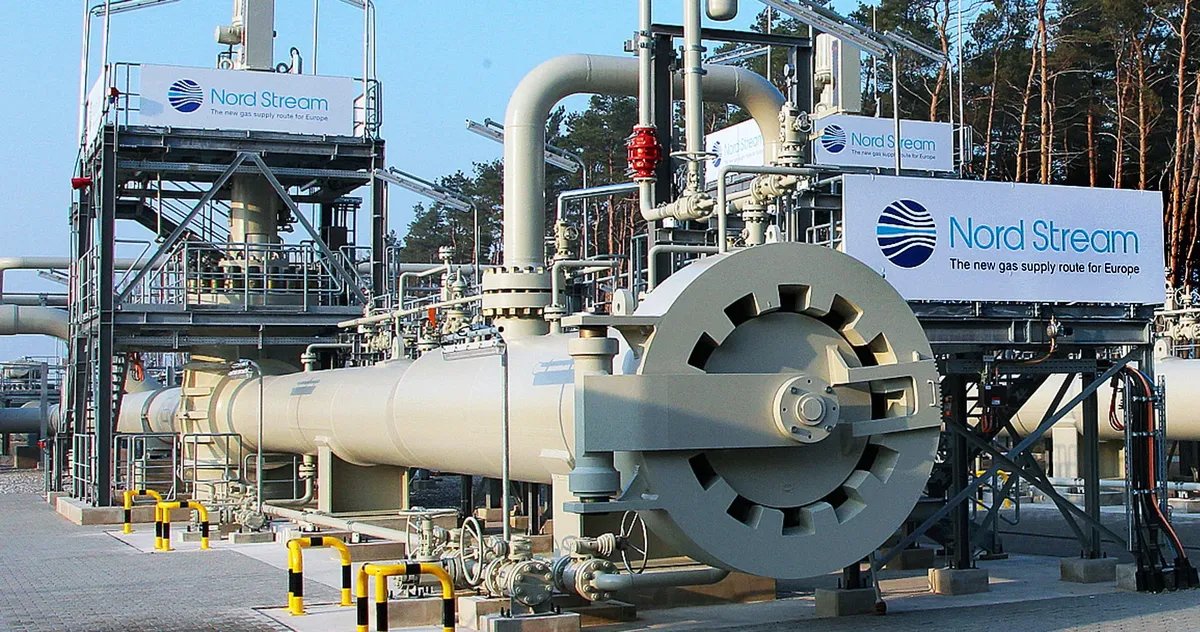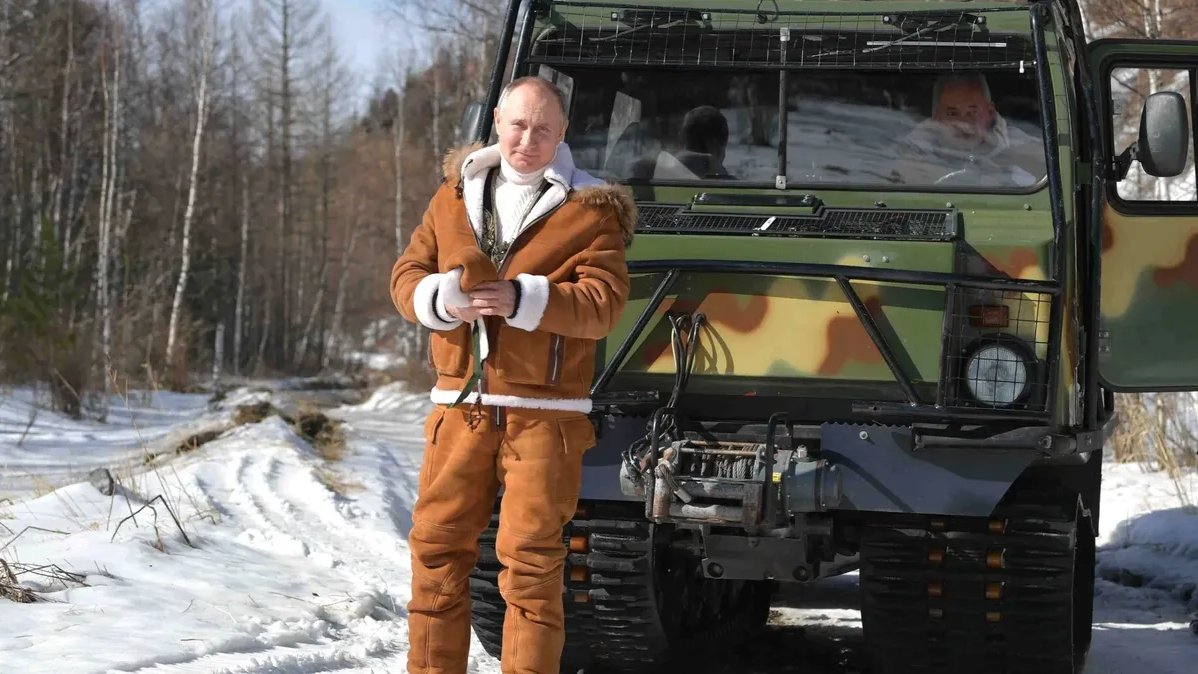Throughout its nearly quarter-century history, the Putin regime has not learned to do virtually anything, whether it concerns politics, or social relations, or the economy. And yet it must be admitted after all that it has mastered one thing in its relations with the West, that is, the skill of bargaining. That said, the regime understands bargaining in a very special way, as it usually bargains in trying to sell something stolen before.
It steals first (territories, people, ideas, or know-how) and then invites the West to buy part of what was stolen in exchange for recognising the rest as the lawfully acquired. And as an incentive in the process of bargaining, the regime exploits such a natural human feeling as fear — fear that, unless a consensus is reached on its terms, everything will be even worse. Just as the satirist Mikhail Zhvanetsky’s well-known phrase goes (in which ‘well’ could be replaced by ‘badly’): “We did not promise you that you would live well. We promised you that you would live even better.”
The regime has not been very successful trading in fear of one’s life: Sweden and Finland, which have maintained neutrality for decades, if not centuries, have become NATO members, and Ukraine is effectively resisting its invasion.
Trading in fear of starvation by stealing grain from Ukraine in exchange for having the sanctions eased has gone awry, too — and now Defence Minister Shoigu, assuming the role as foreign trade minister, travels to Istanbul to sign a deal on exporting Ukrainian grain from the seized territories.
The only remaining ace up the Kremlin’s sleeve now is fear of cold, and using it as a blackmail tool, it might try to legitimise what it has stolen before. We are talking about natural gas supplies to Europe.
And here we should put emotions aside and switch to bare figures. It should be noted that miscalculations by European leaders over the past fifteen years (since Putin’s notorious speech in Munich in 2007) have already cost not only the European but also the global economy dear enough. Those miscalculations are visible especially clearly on the example of the German government led by Angela Merkel, who placed a premium on green energy and renewable energy sources as a long-term strategy, while completely phasing out the domestic nuclear power industry and transferring almost all power plants at home from coal to more environment-friendly natural gas as the principal energy source during the transition period.
This strategy looked well justified from both the economic and the environmental standpoint, and yet it carried a substantial political flaw, as it designated Putin’s Russia as a source of cheap natural gas. And Putin happily let that bait be swallowed by launching first the Nord Stream 1 gas pipeline and then preparing everything for launching Nord Stream 2, as well.
Several other European countries (for example, Italy, the Netherlands, and the Czech Republic) also ended up in Putin’s trap. According to Eurostat, at least four European countries, i.e. Hungary, Moldova, Latvia, and North Macedonia, are now fully dependent on Russian gas. And a dozen of others (including the abovementioned Germany and Italy) depend on such supplies heavily enough. Moreover, the threat of “fuel cold” has triggered a government crisis in Italy, which has prompted Prime Minister Draghi to step down.

Construction of the Nord Stream gas pipeline. Pipelayer Solitaire. Photo by gazprom.ru
The threat to leave Europe freezing has been persistently stoked by the Kremlin, particularly by the latest moves surrounding the restart of Nord Stream 1 following its scheduled maintenance and Canada’s initial refusal to return Siemens’s main turbine to Russia after servicing it, and by Putin’s latest warnings that the pipeline would resume its operations, but not at its regular capacity.
But is the devil really as black as someone is painting it for us?
The example of the Netherlands shows that giving up use of Russian gas is not just possible but also quite realistic.
The country has reduced natural gas consumption by one-third in 2022, which is much more than Germany has done (by 14%) and which looks like a real economic miracle compared to Italy, which has cut down on its gas consumption by only 2% in this period. At the same time, in percentage terms, the Netherlands is still using the same amount of natural gas it did before the Ukraine war (about 40% of its overall energy consumption), compensating for the Russian gas shortage by supplies from the U.S. and Qatar. These sources, however, are close to exhaustion, and therefore, to save even more energy, the country plans to offer more stimuli for better insulating houses and purchasing more energy-efficient equipment.
It might be argued that the Netherlands’ successful resistance to Russia’s gas blackmail is more of an exception, as the country is small and possesses a wide variety of renewable energy sources, including wind and tidal energy. It appears, however, that other European countries have also realised the danger of their cheap gas addiction, which is not that cheap anymore.
Germany is planning in the short term to somehow relax its quite rigid environmental standards, switch a number of its power plants back to European (Polish and German) coal, and even revisit the idea of demothballing one or two of its nuclear power plants in the midterm.
Unlike Germany, Italy has mostly chosen the path of public conservation of electric energy. For instance, ECCO, an Italian think tank studying climate change, has described how lowering indoor temperature by only 2 degrees Celsius, in combination with other energy conservation measures, can slash electricity consumption by 15% (and therefore, save this much natural gas as the principal energy source). Other economic measures employed additionally by the Italian government include extending the reduction of VAT on natural gas to 5% from 22%, introduced initially in October 2021, up to the fourth quarter of 2022.
And now let us take a look at the gas problem from a different perspective. While the Kremlin is aggressively pushing through European media the idea that European countries should keep using Russian natural gas,
it is purposefully downplaying its underside, that is, the need for Russia itself to keep extracting gas. Even if you put aside the economic component (far lower foreign currency revenues amid a significant export reduction), purely technological aspects are also an important factor. In 2013, ExxonMobil (whose strategic agreements with Rosneft entitled it to hold a one-third stake in all of its Russian oil and gas projects) drilled the Universitetskaya well in the Kara Sea, which revealed colossal oil and gas reserves.

Photo by gazprom.ru
In the wake of the 2014 Crimea sanctions, ExxonMobil was forced to mothball the well and leave Russia. Rosneft has repeatedly confirmed in unofficial conversations that it does not possess the know-how either to demothball that well or to drill another one nearby.
The same concerns virtually all gas wells that will inevitably have to be mothballed in Russia: once gas exports drop considerably, this amount of extracted gas would be nowhere to store, while Russia lacks facilities to liquefy it. One of the latest victims of the current sanctions is the project of building a huge gas chemical complex in Ust-Luga in the Saint Petersburg region, which the German company Linde, the holder of the gas liquefaction licence, has withdrawn from, among others.
To sum it up, it would be safe to say that the rumours about Europe’s imminent death from ‘gas cold’ are somewhat premature.
Join us in rebuilding Novaya Gazeta Europe
The Russian government has banned independent media. We were forced to leave our country in order to keep doing our job, telling our readers about what is going on Russia, Ukraine and Europe.
We will continue fighting against warfare and dictatorship. We believe that freedom of speech is the most efficient antidote against tyranny. Support us financially to help us fight for peace and freedom.
By clicking the Support button, you agree to the processing of your personal data.
To cancel a regular donation, please write to [email protected]

